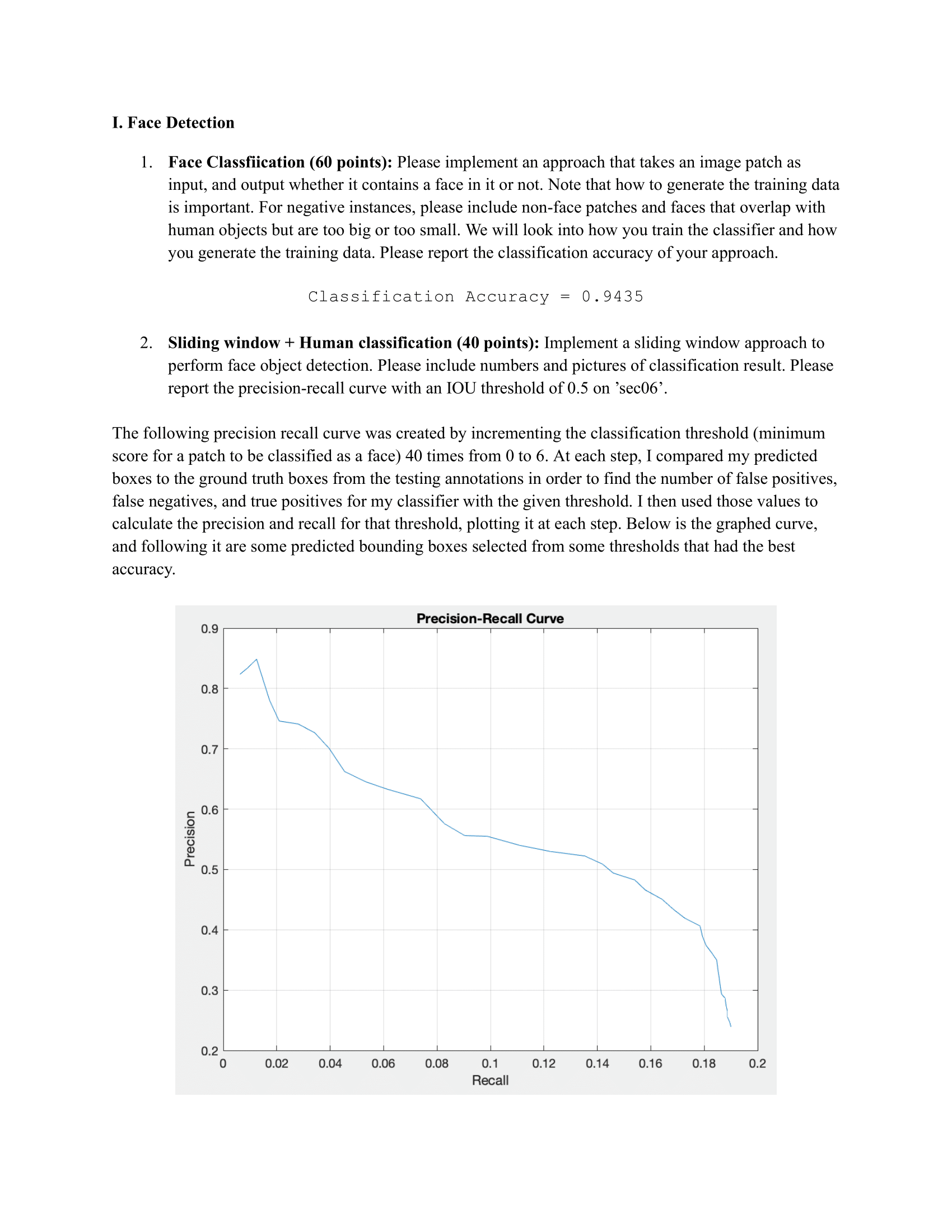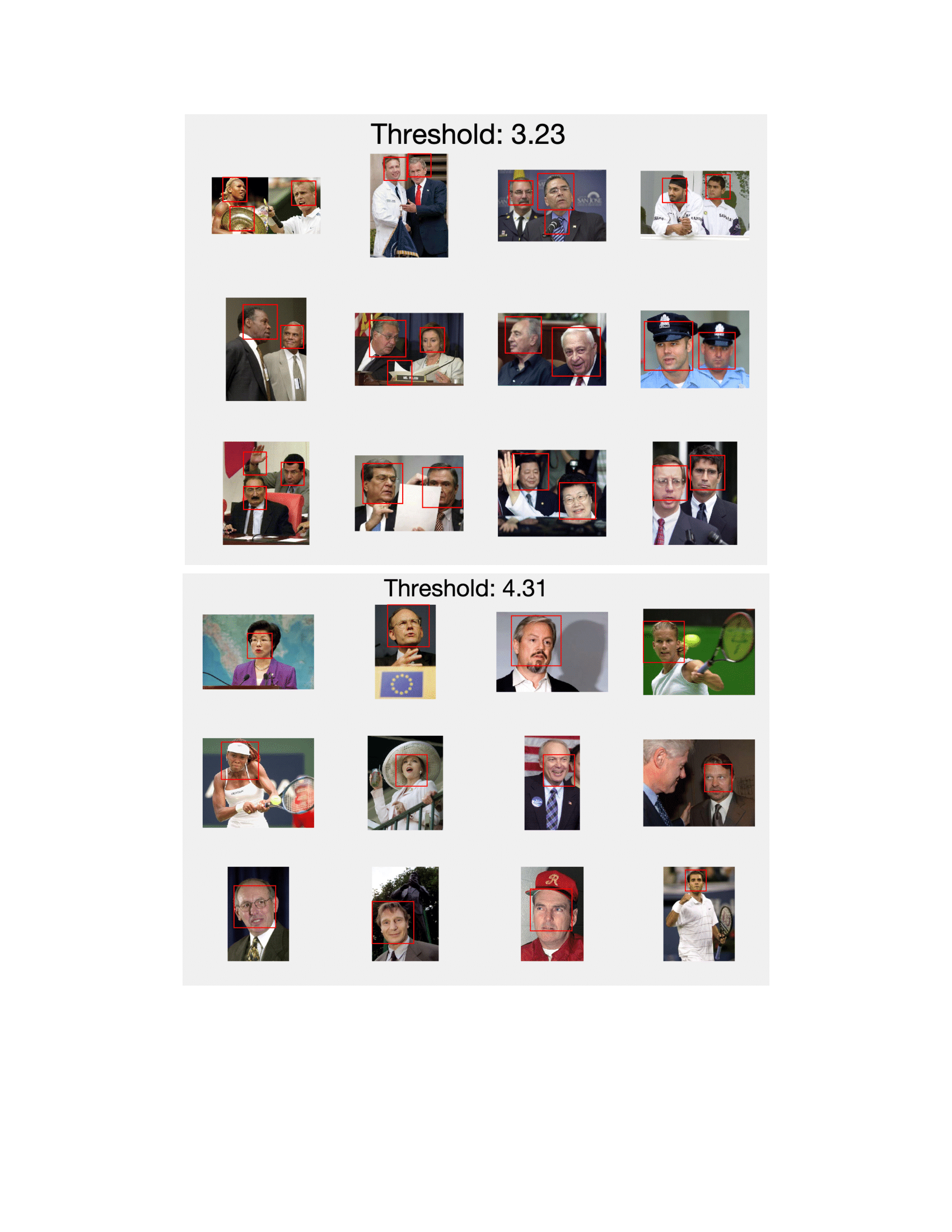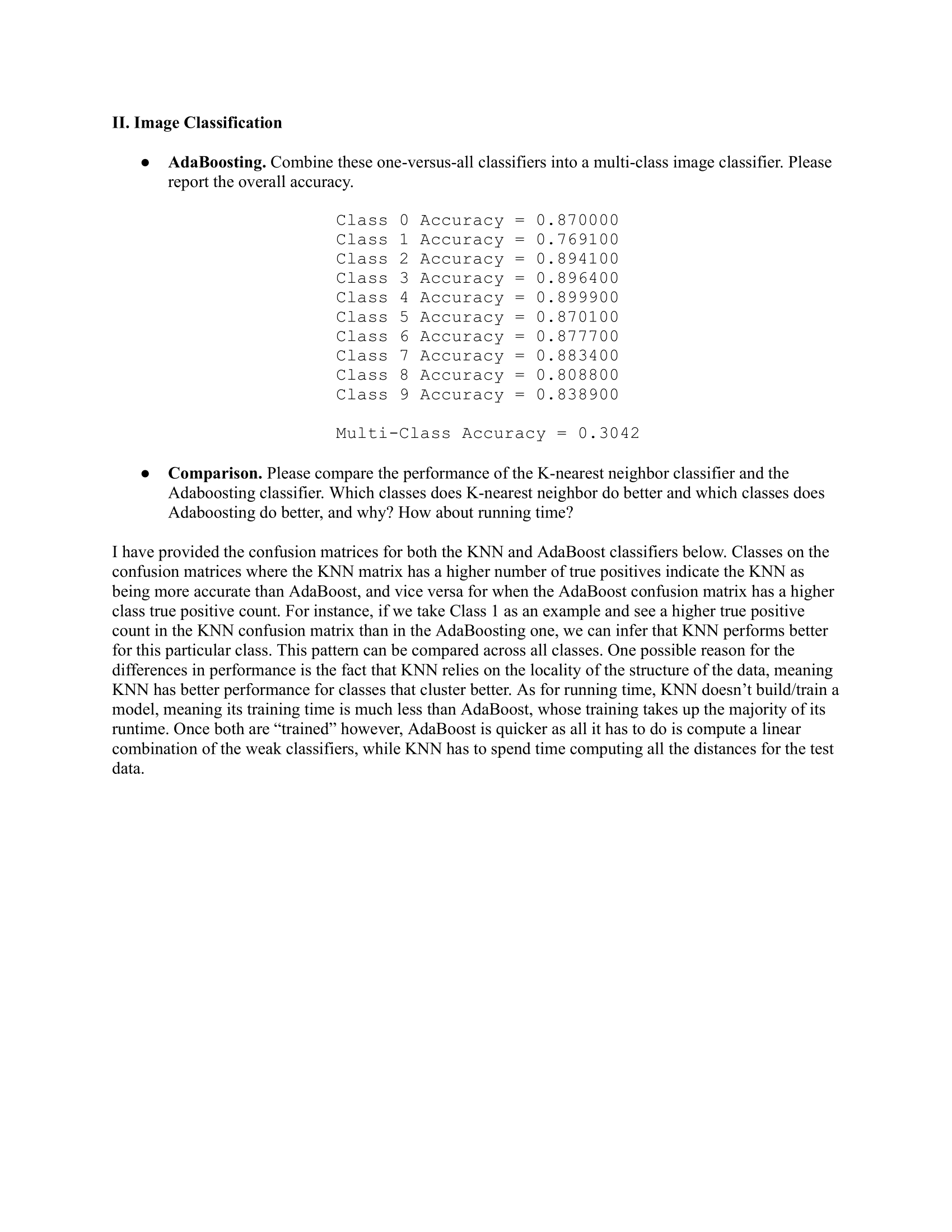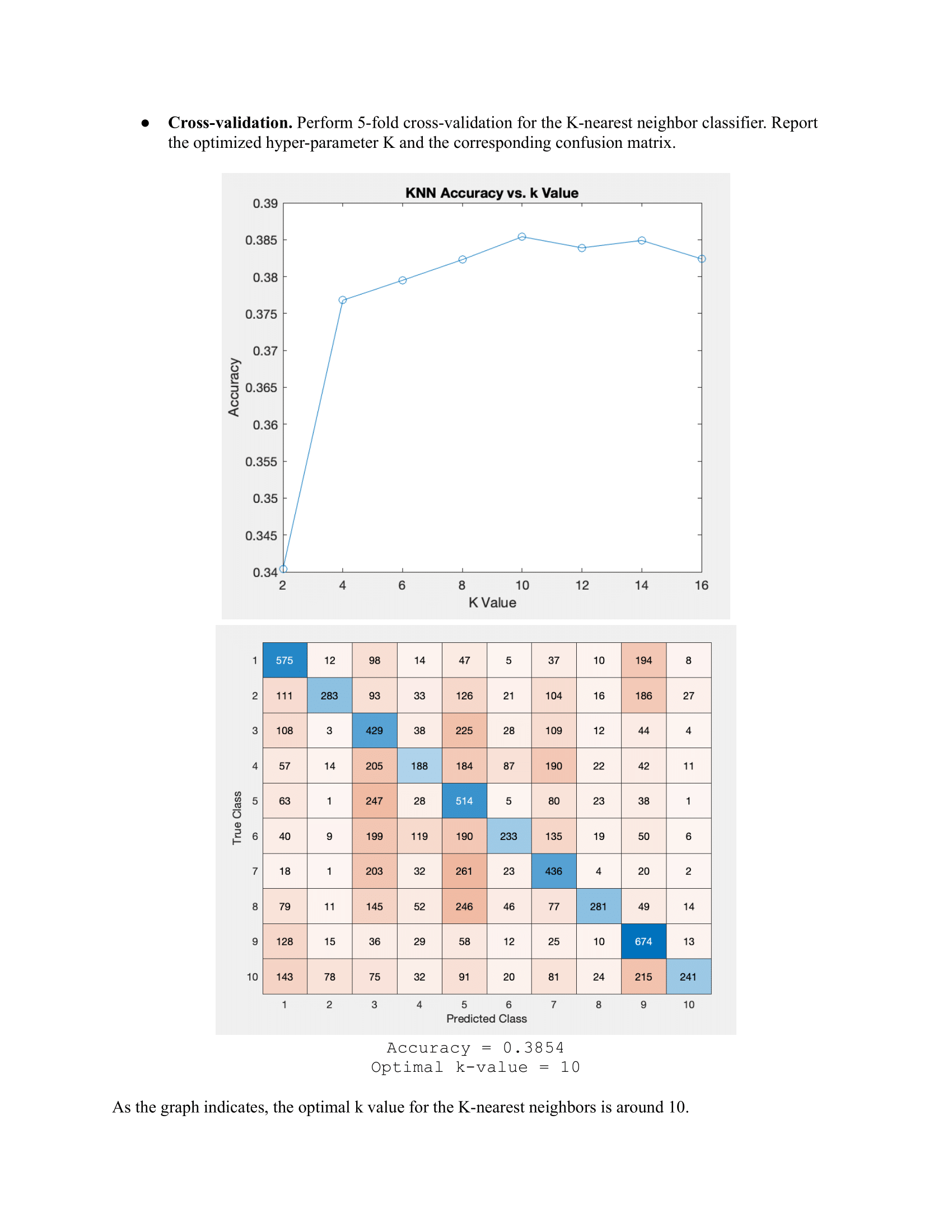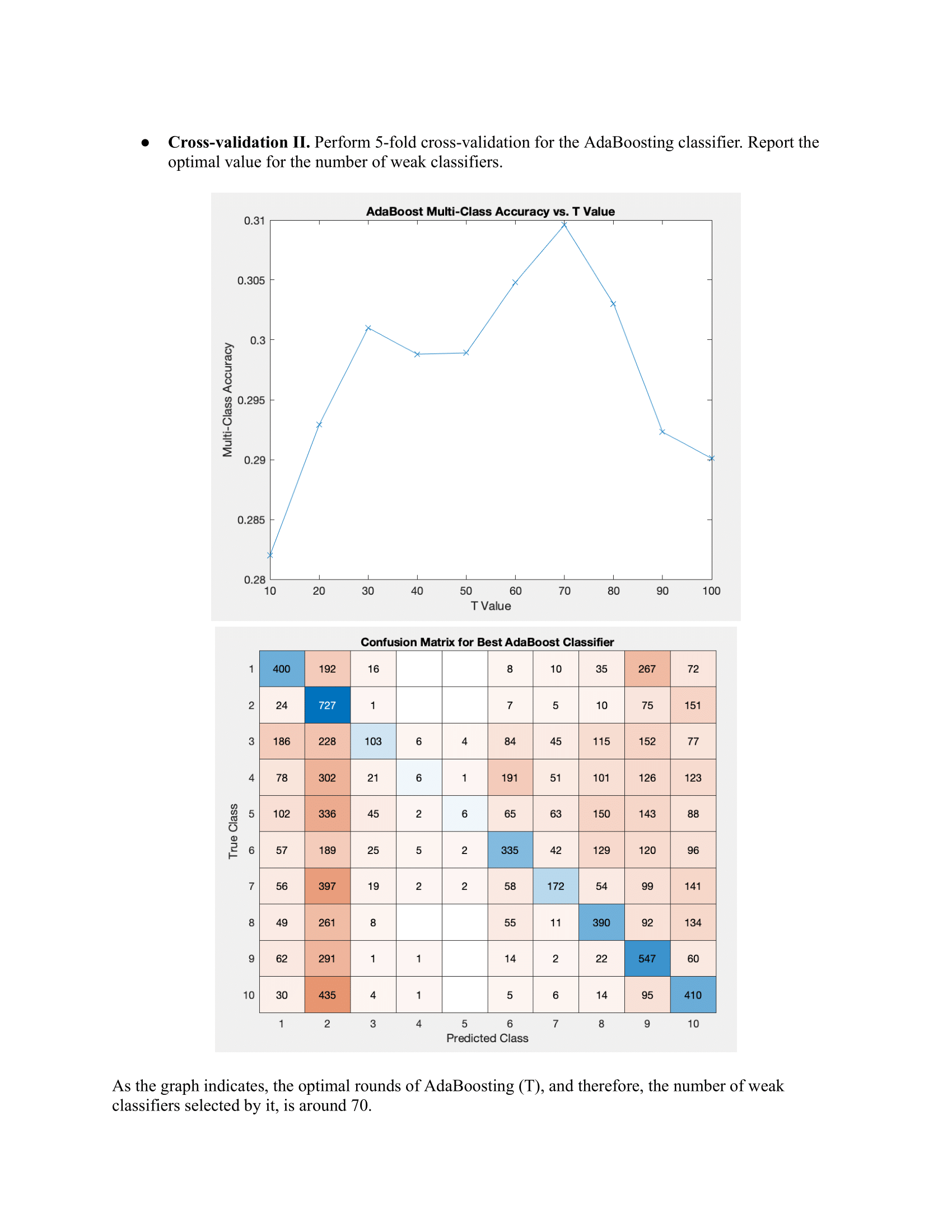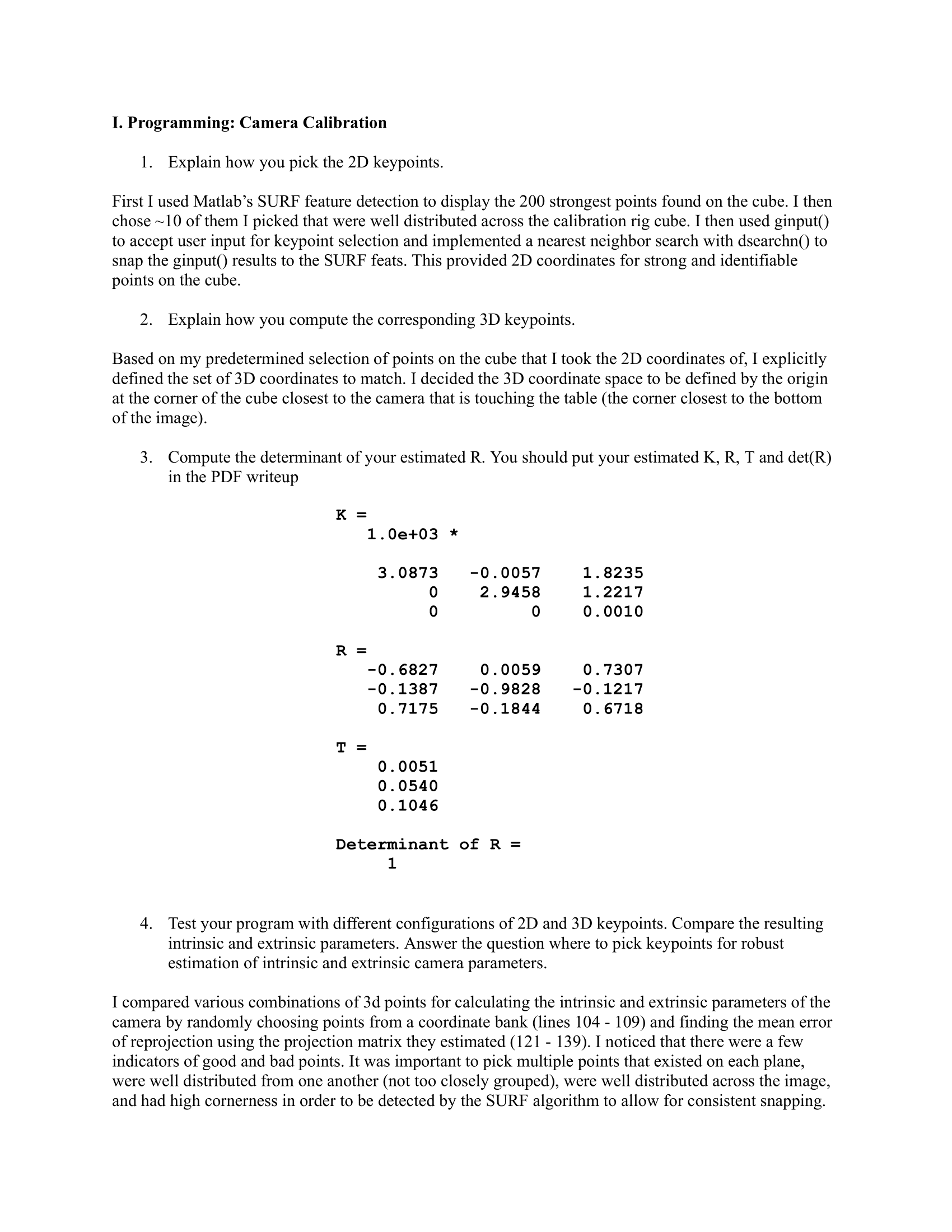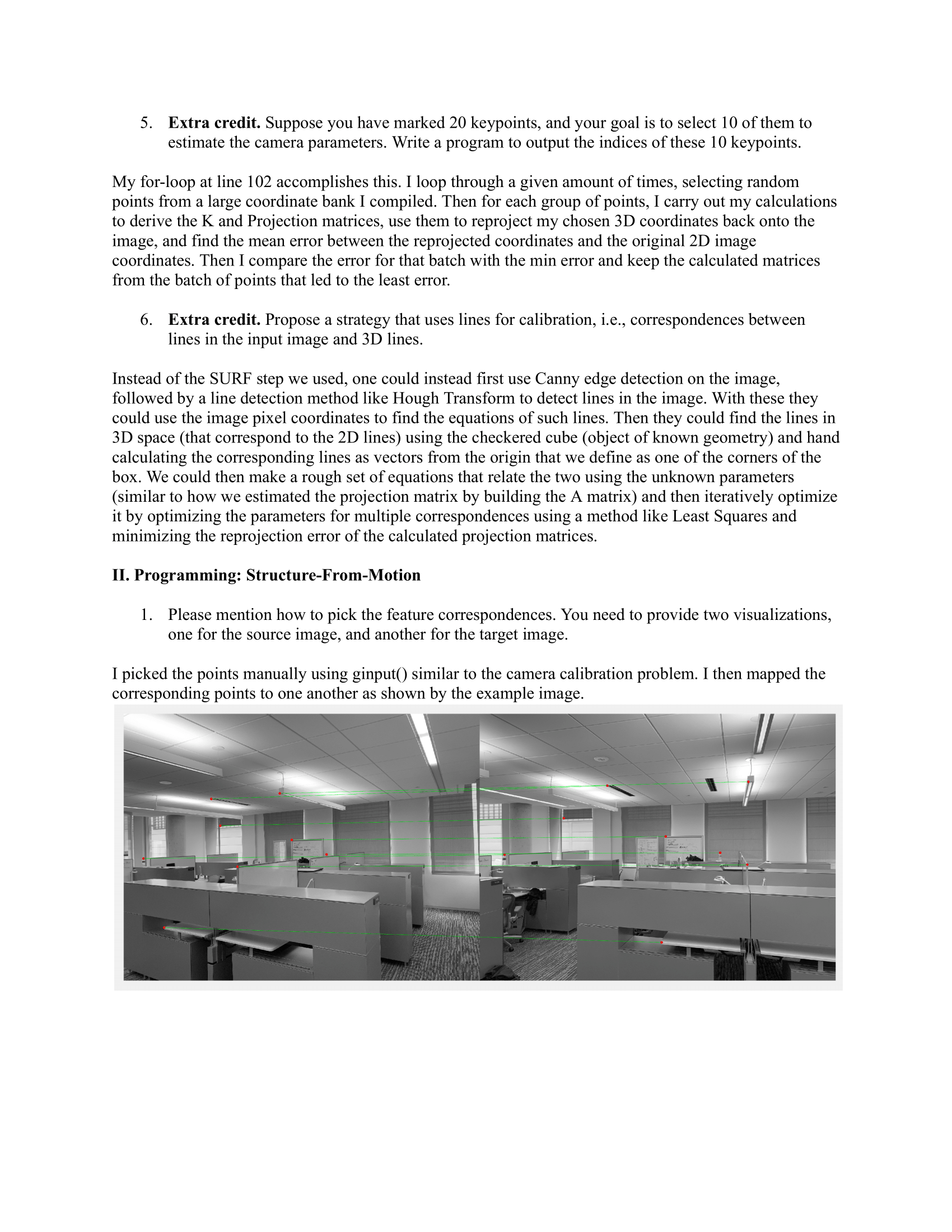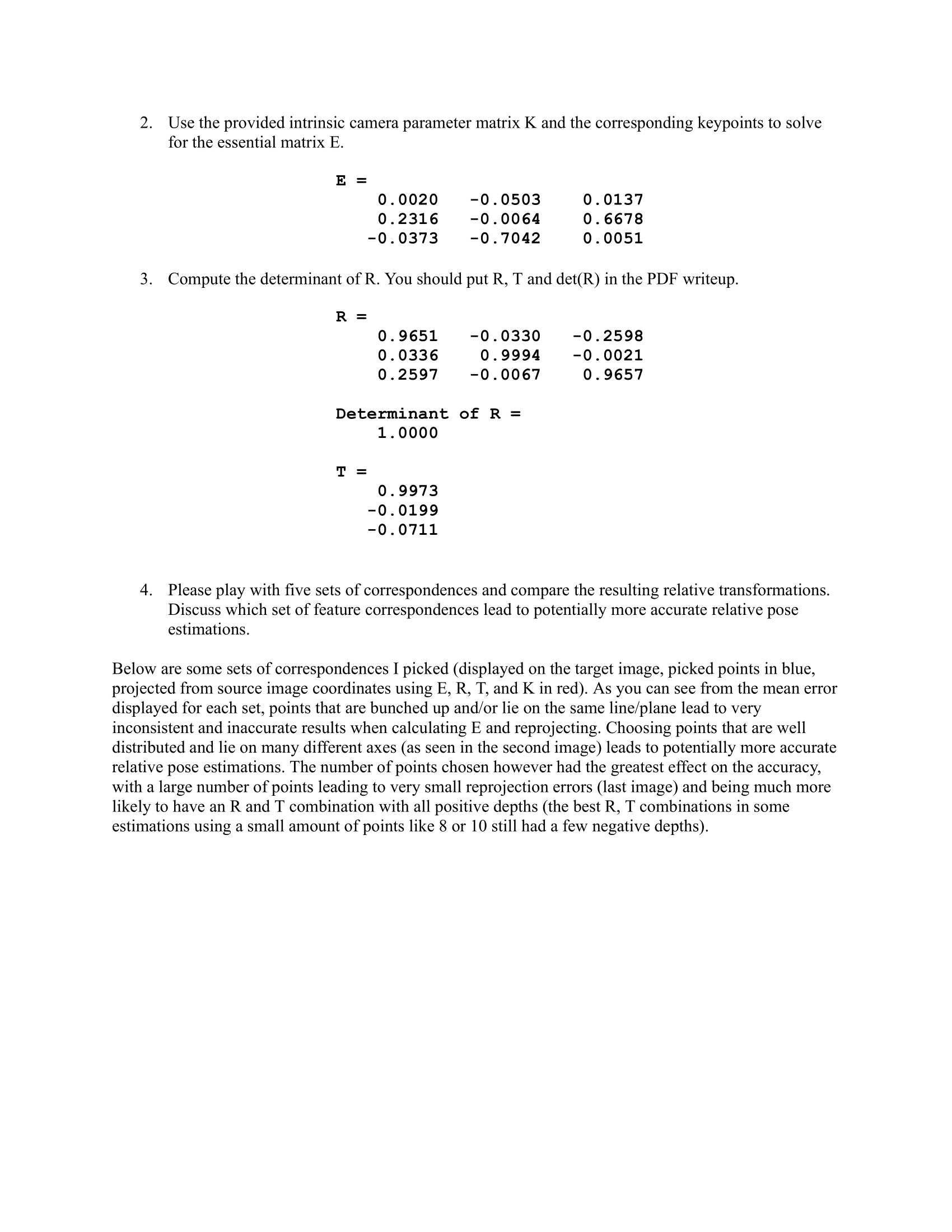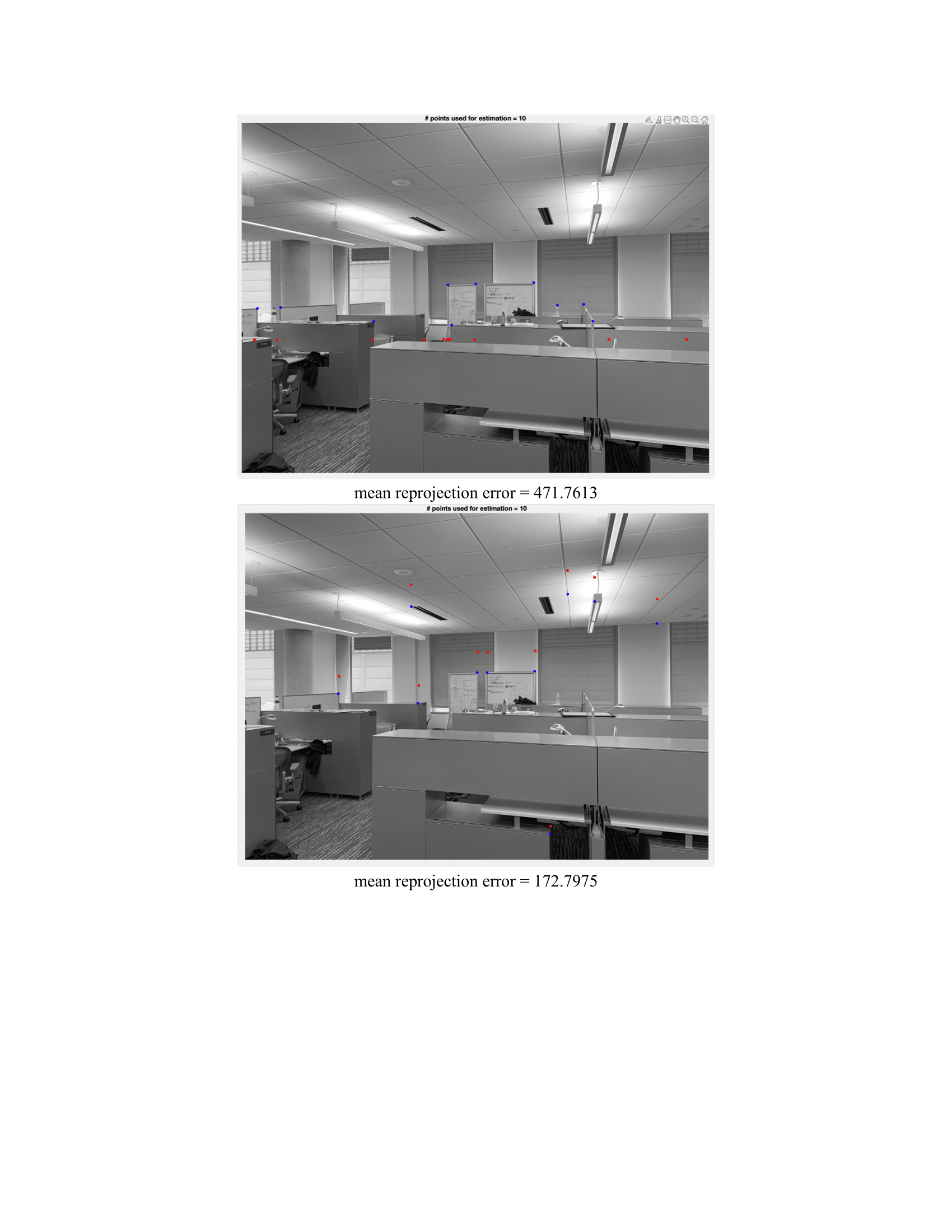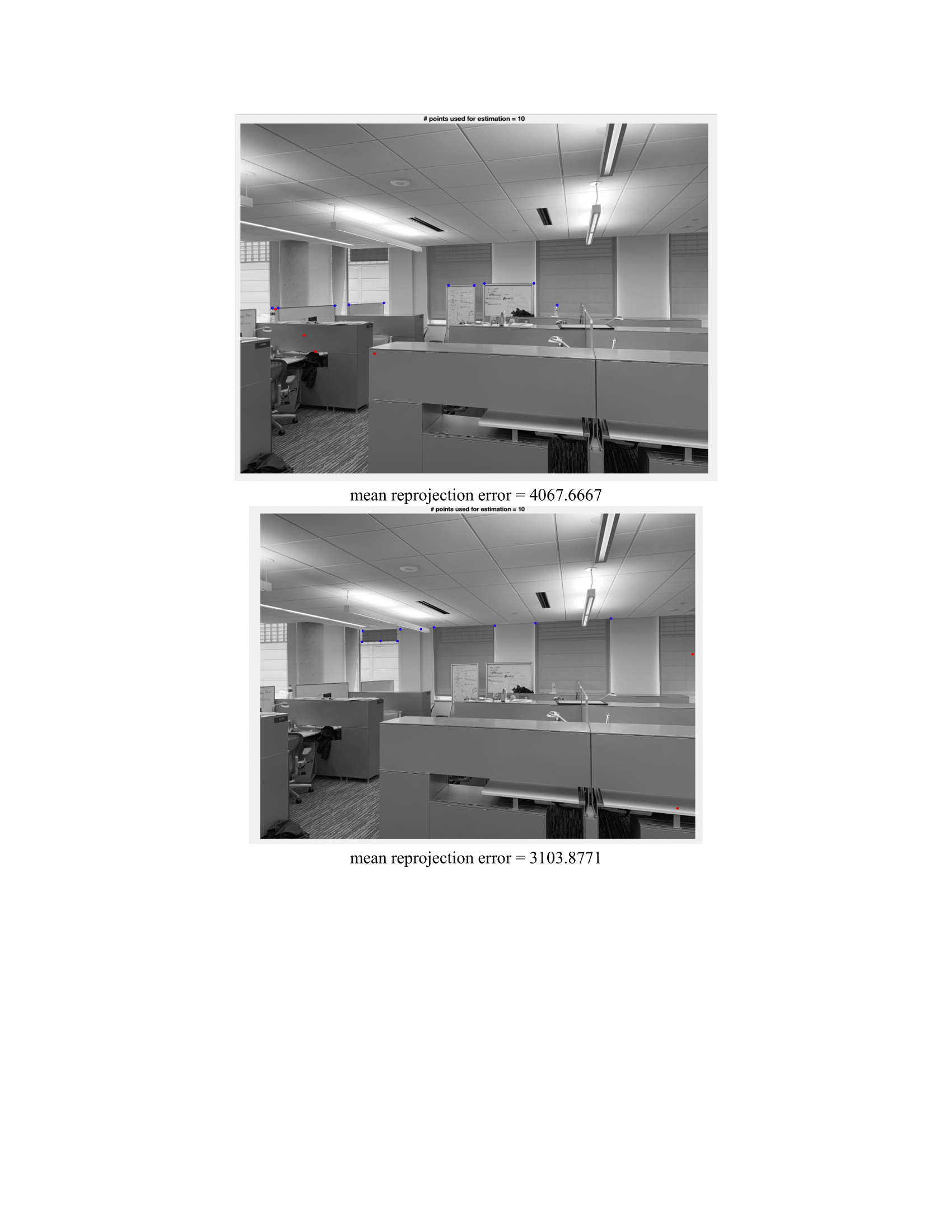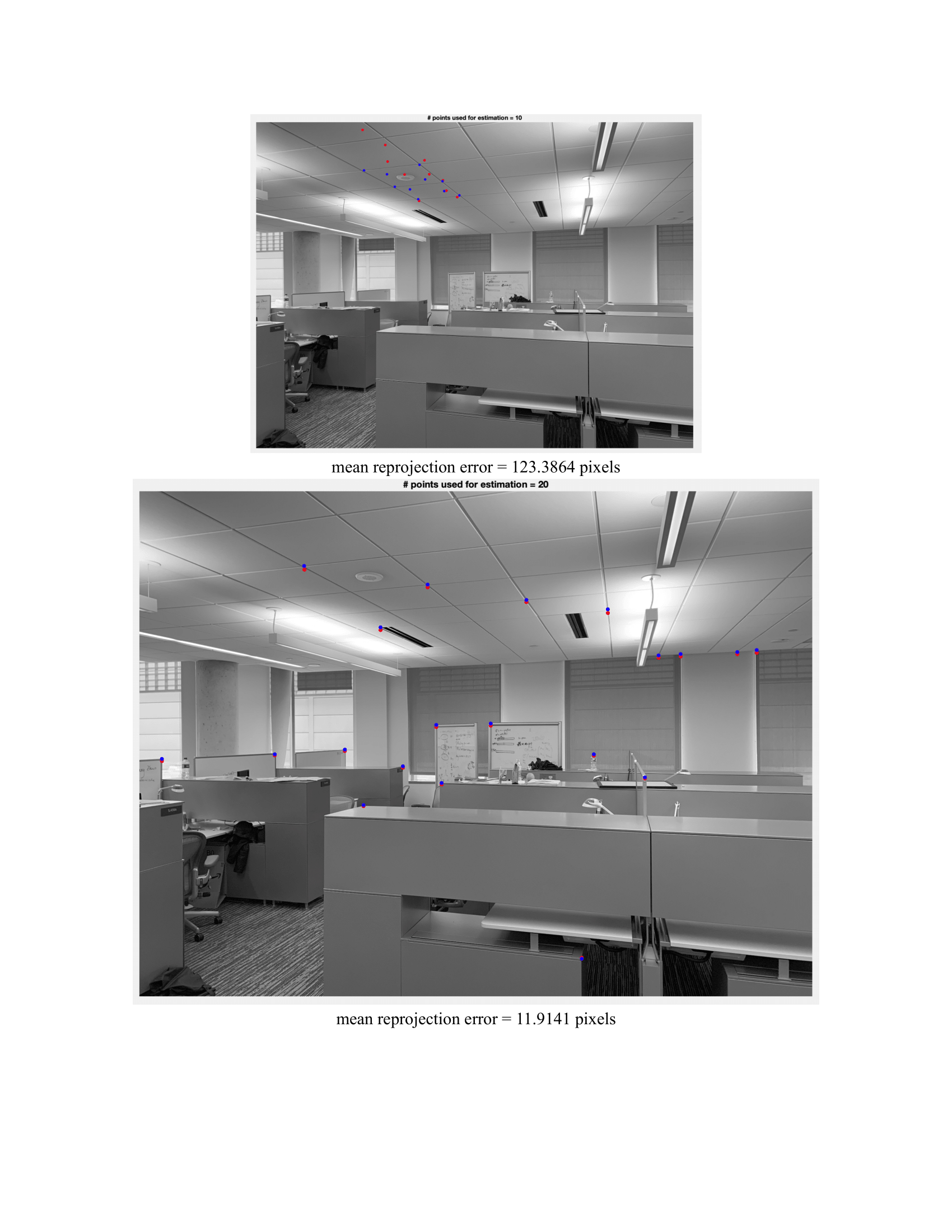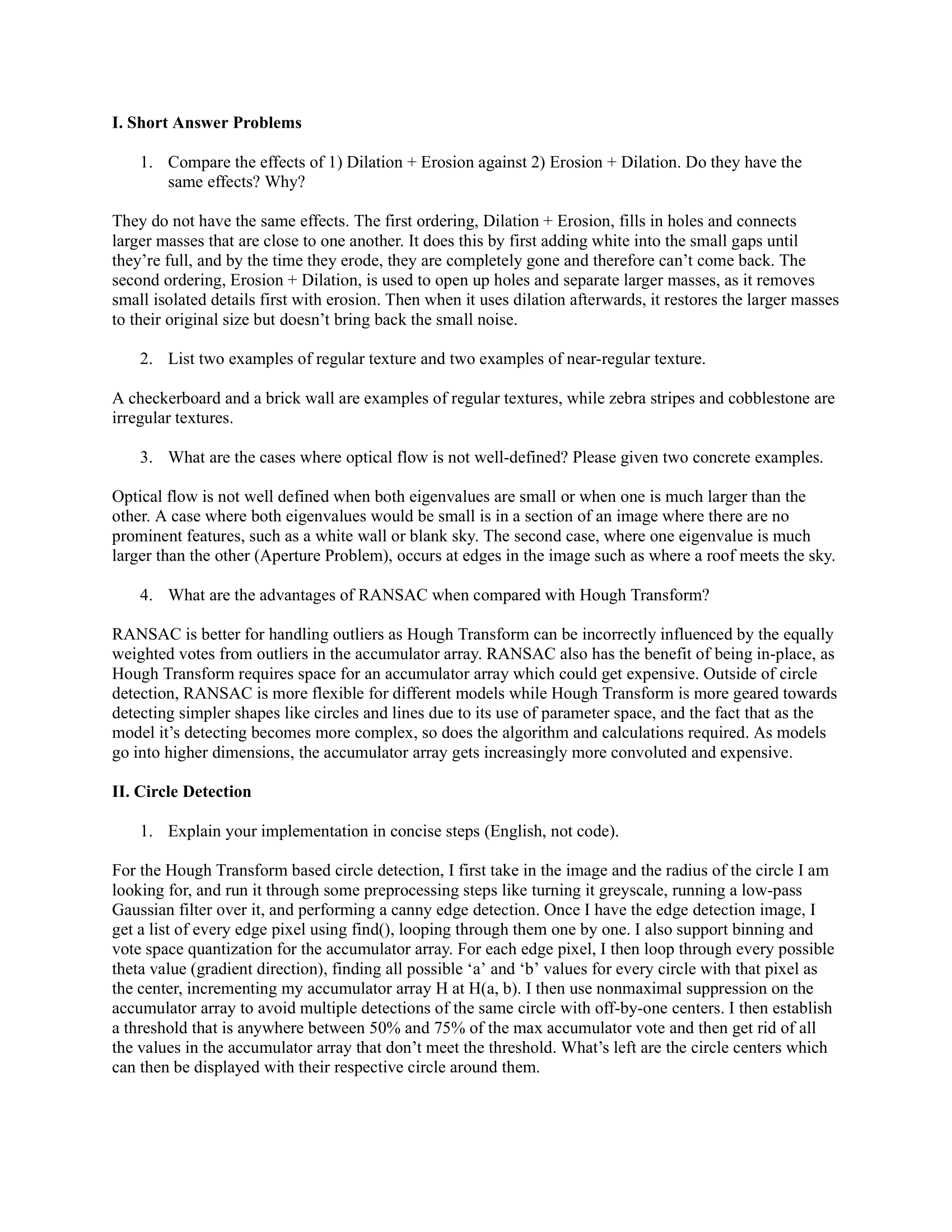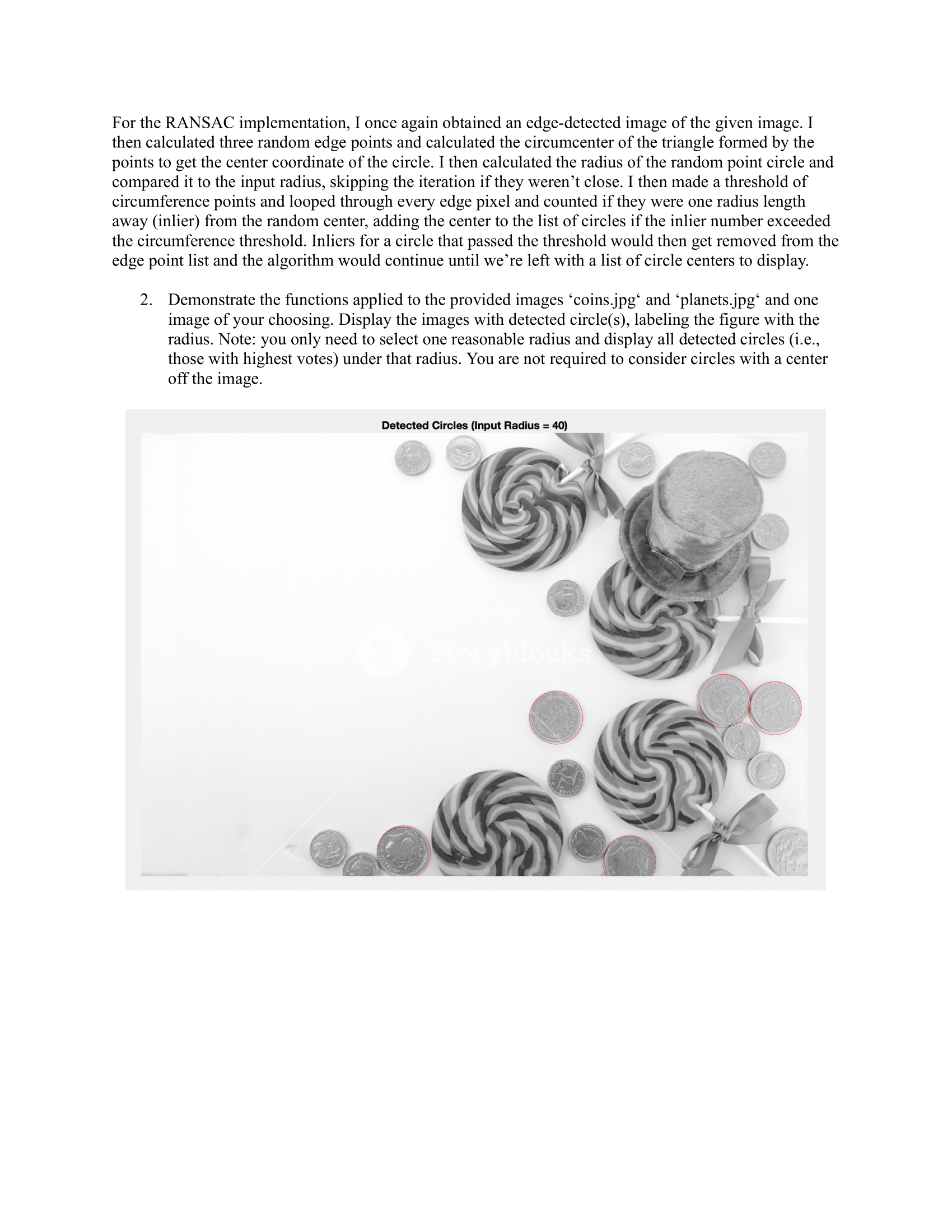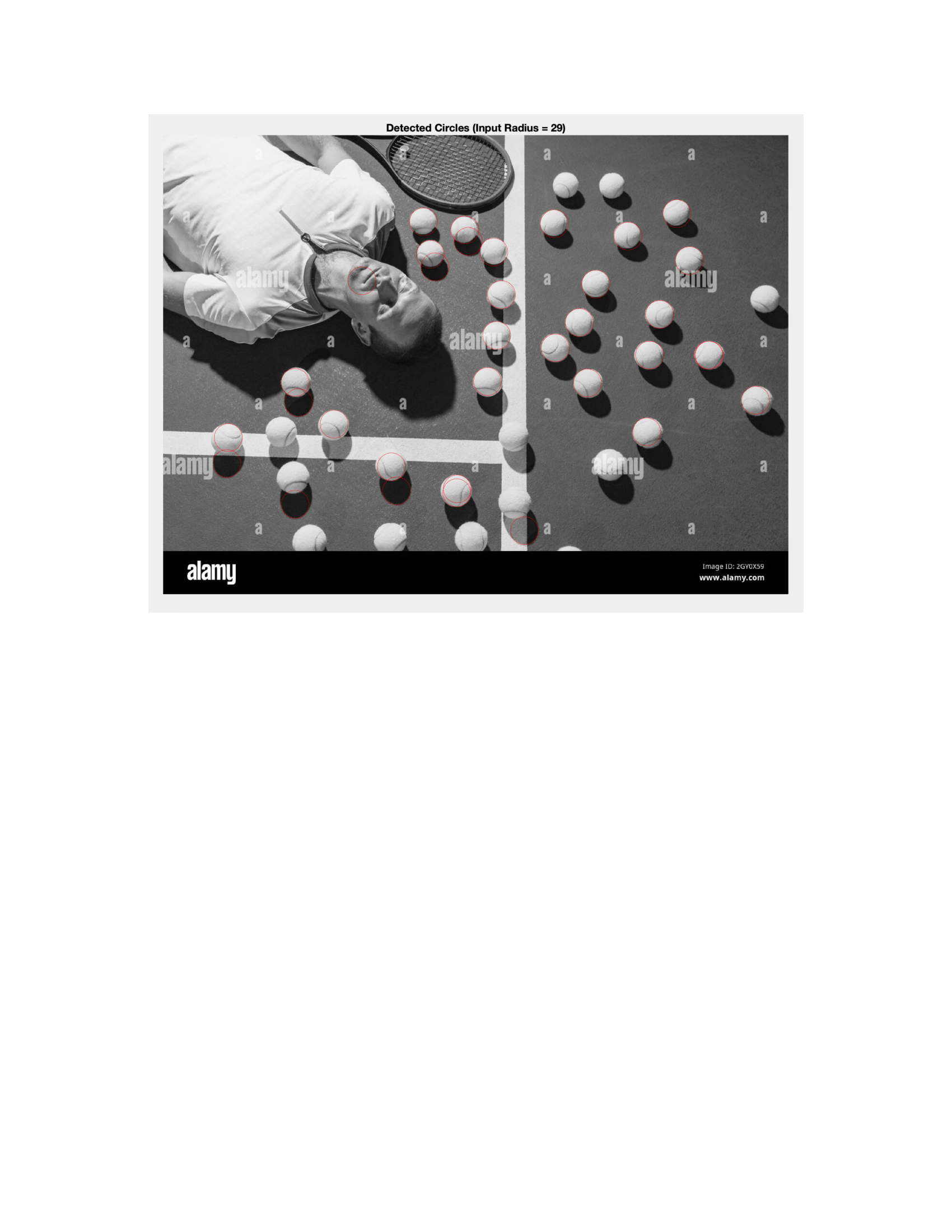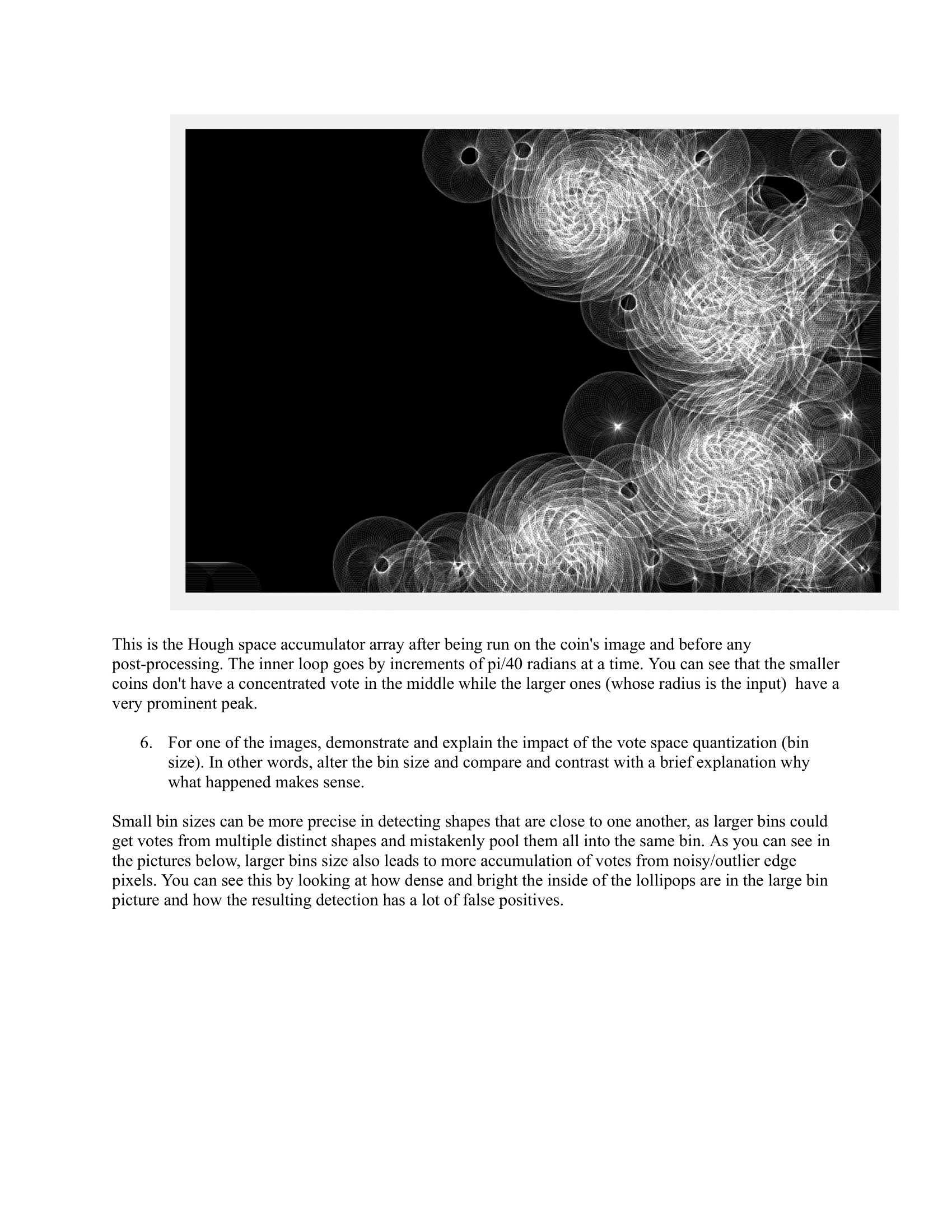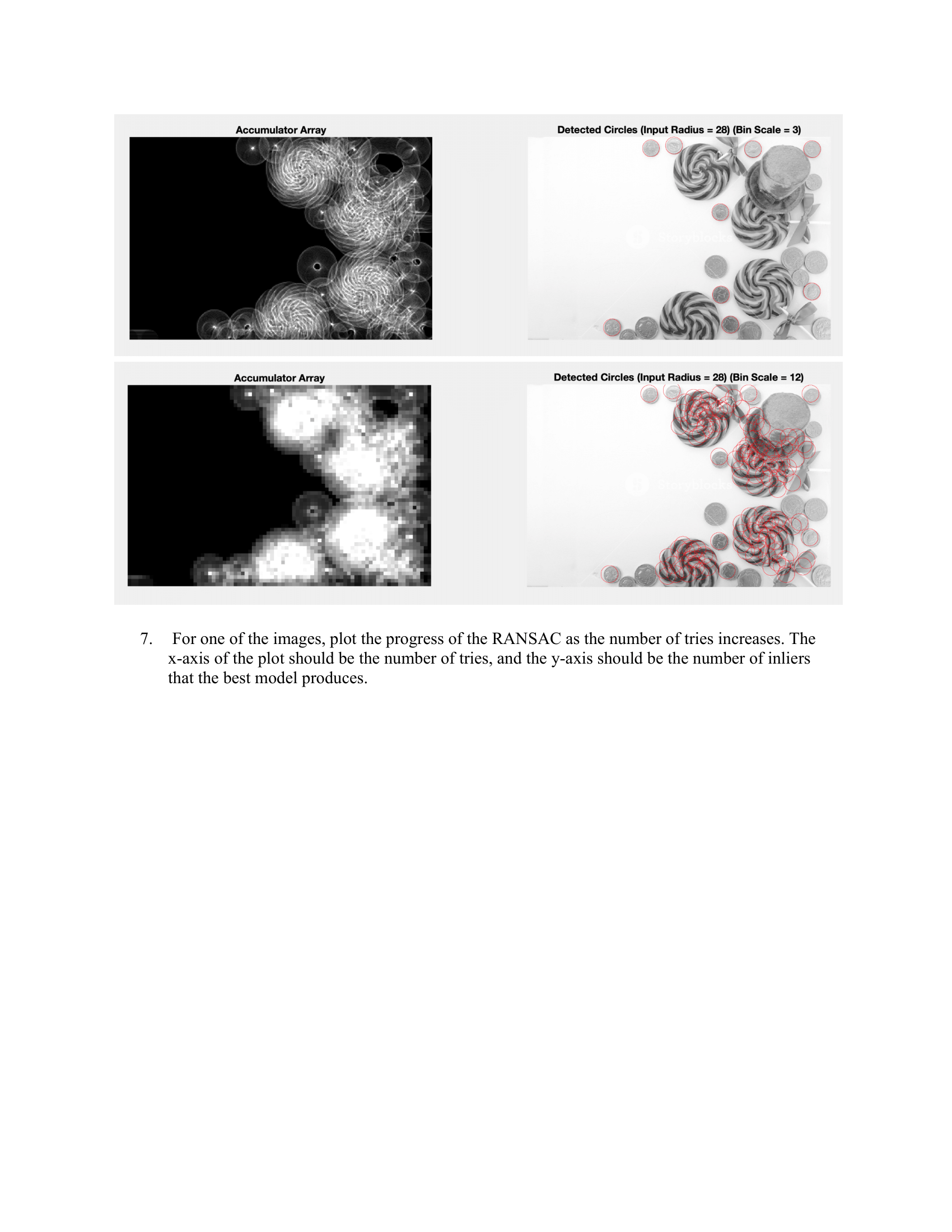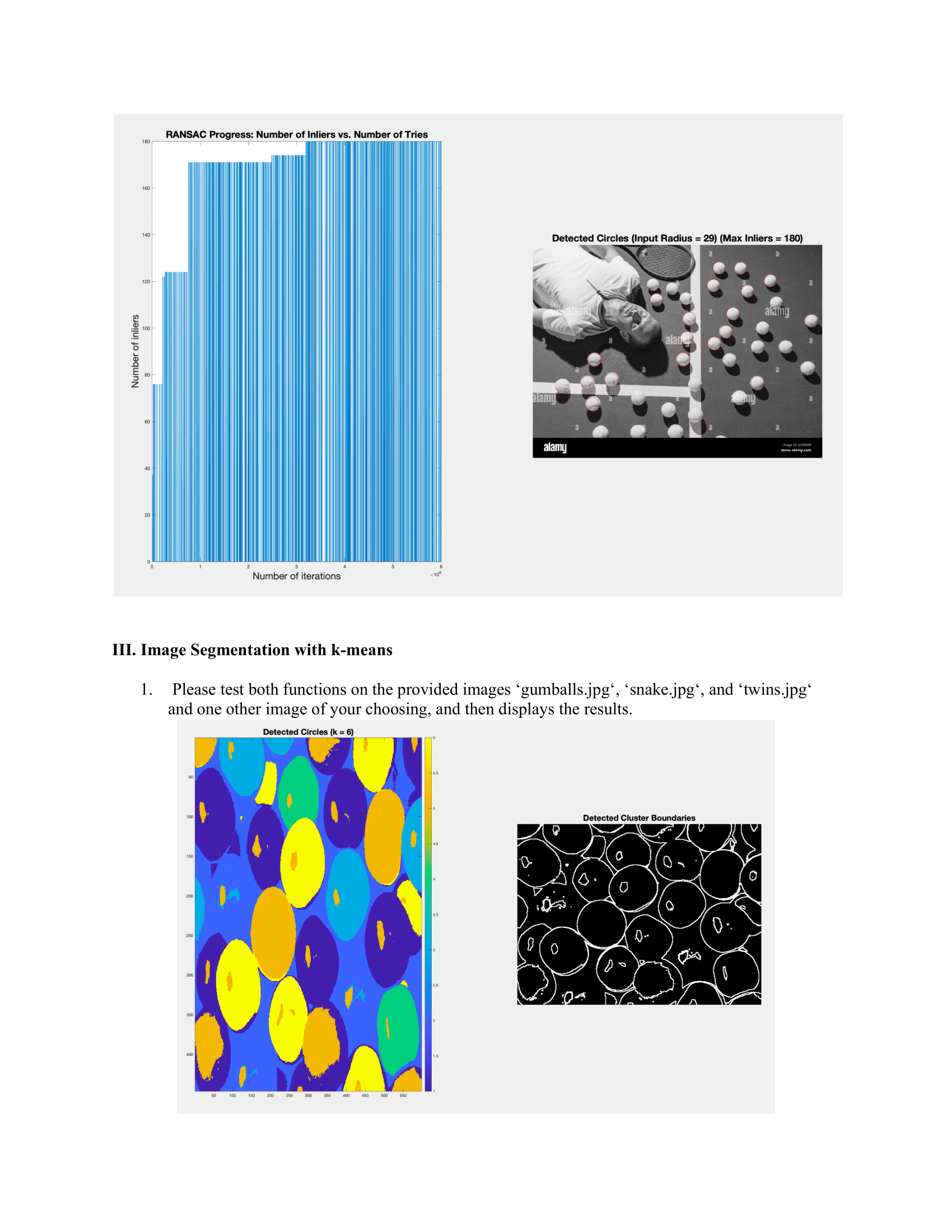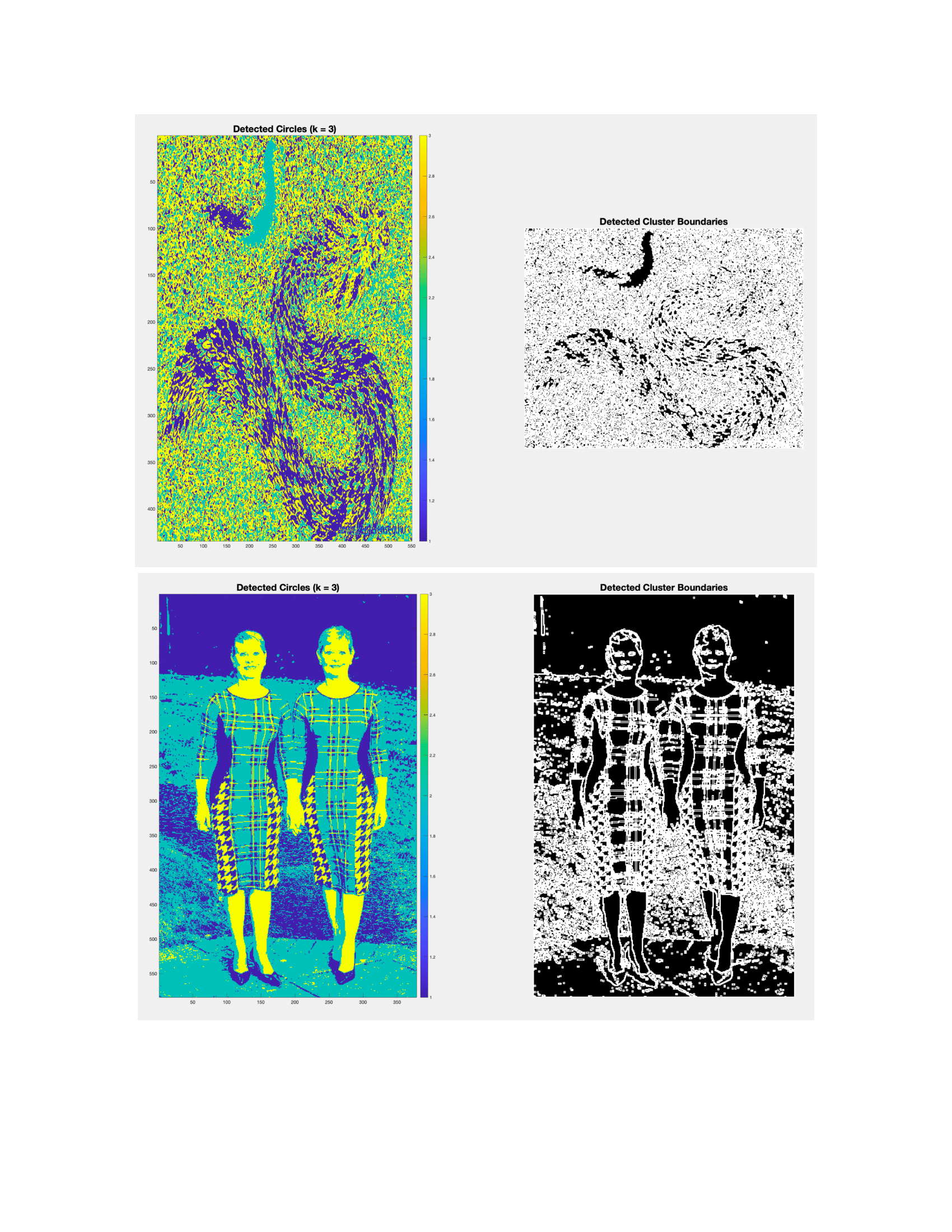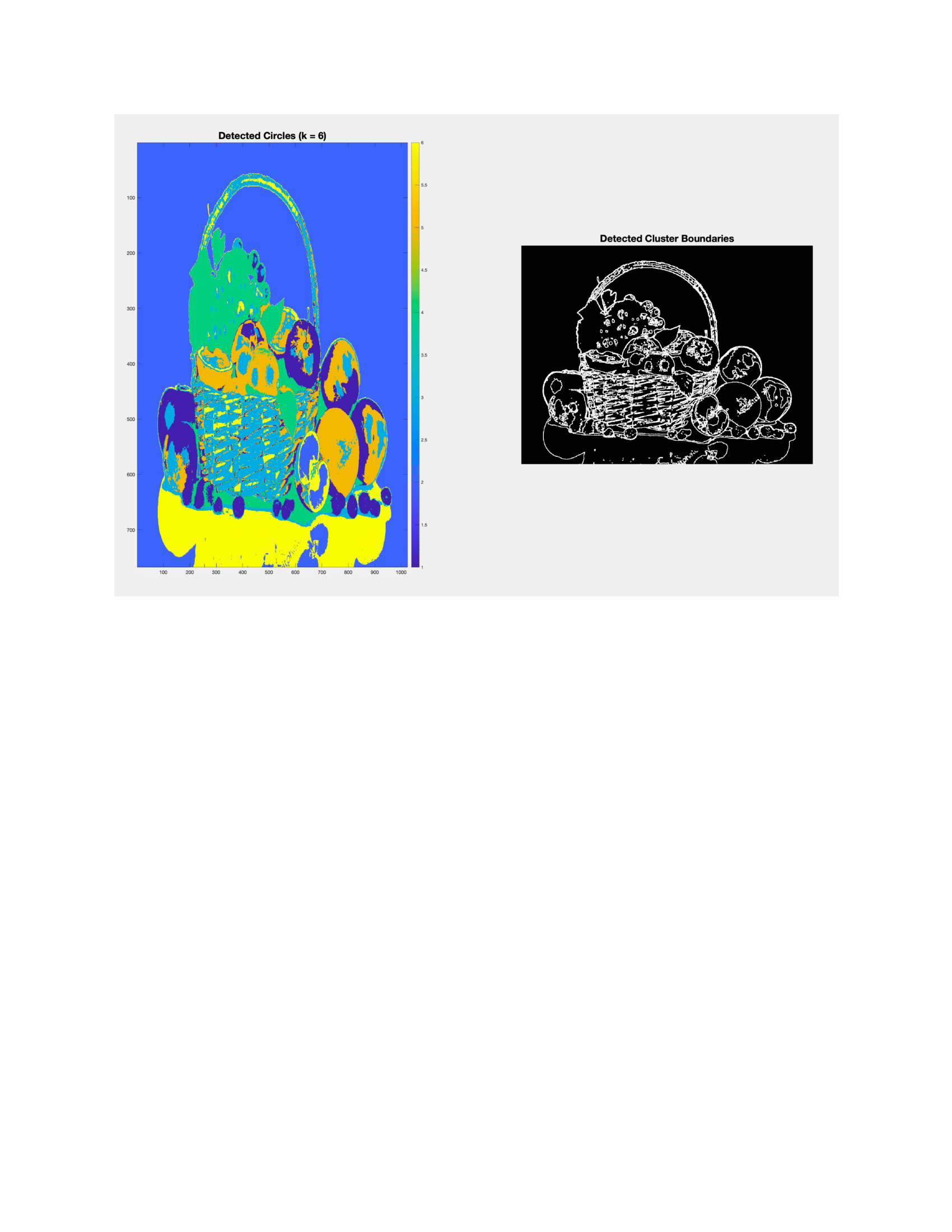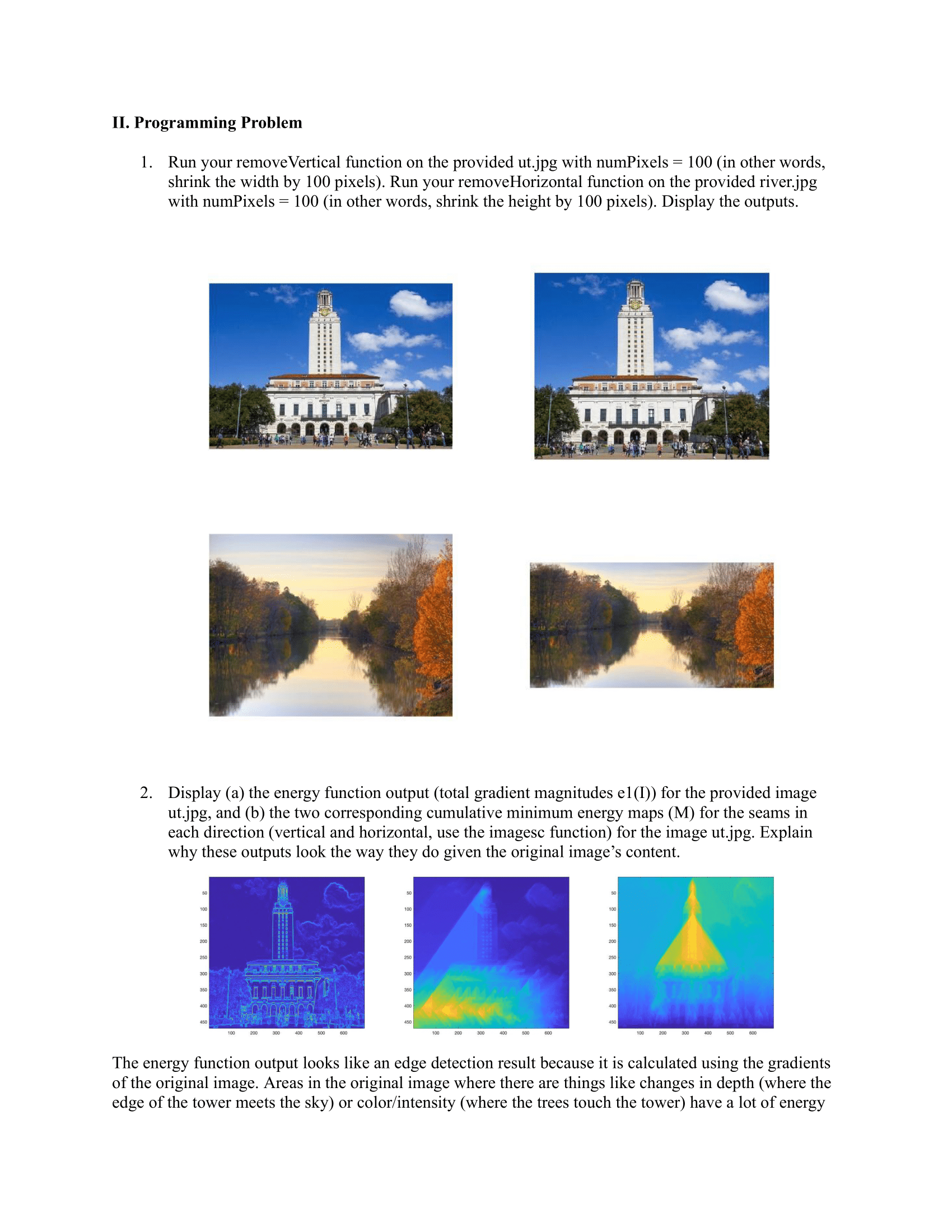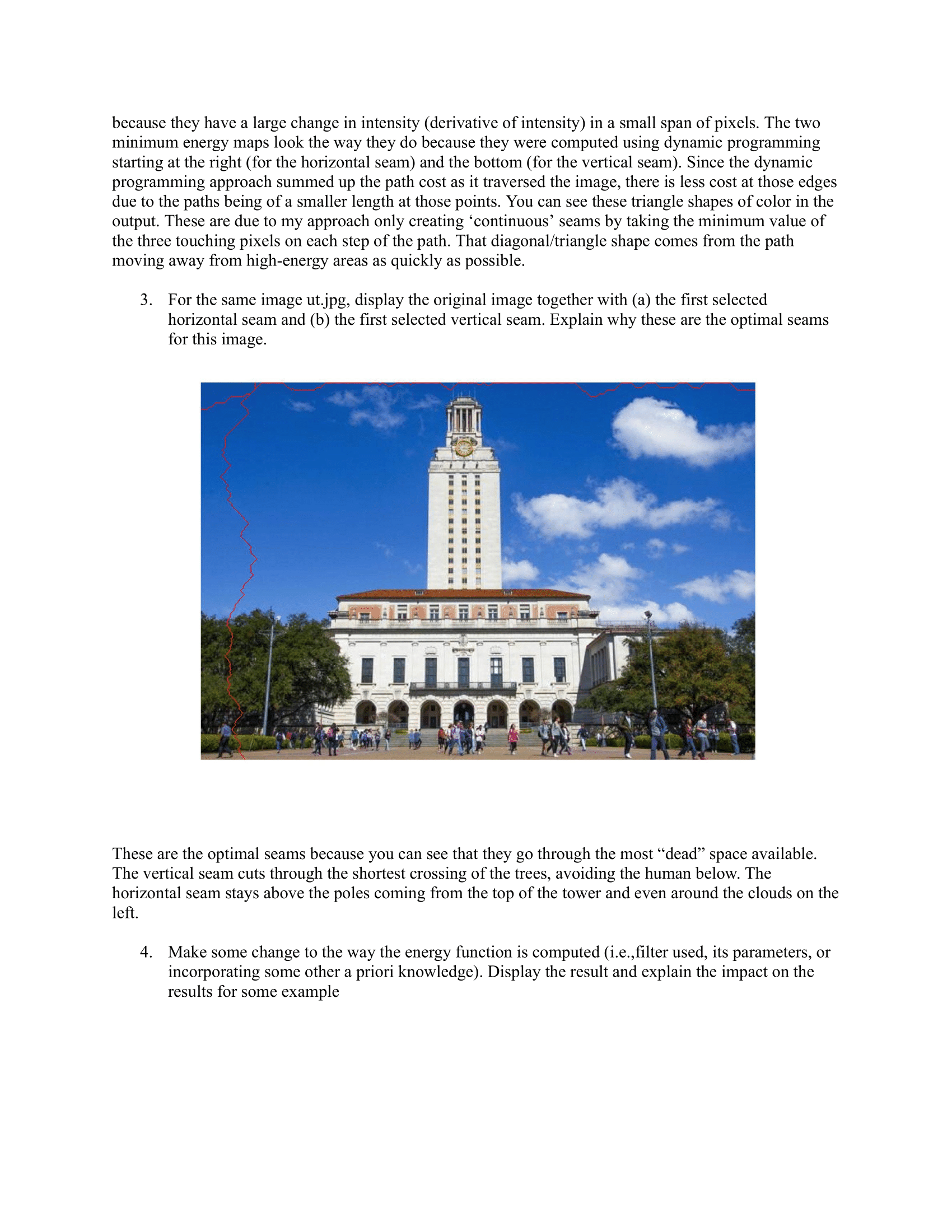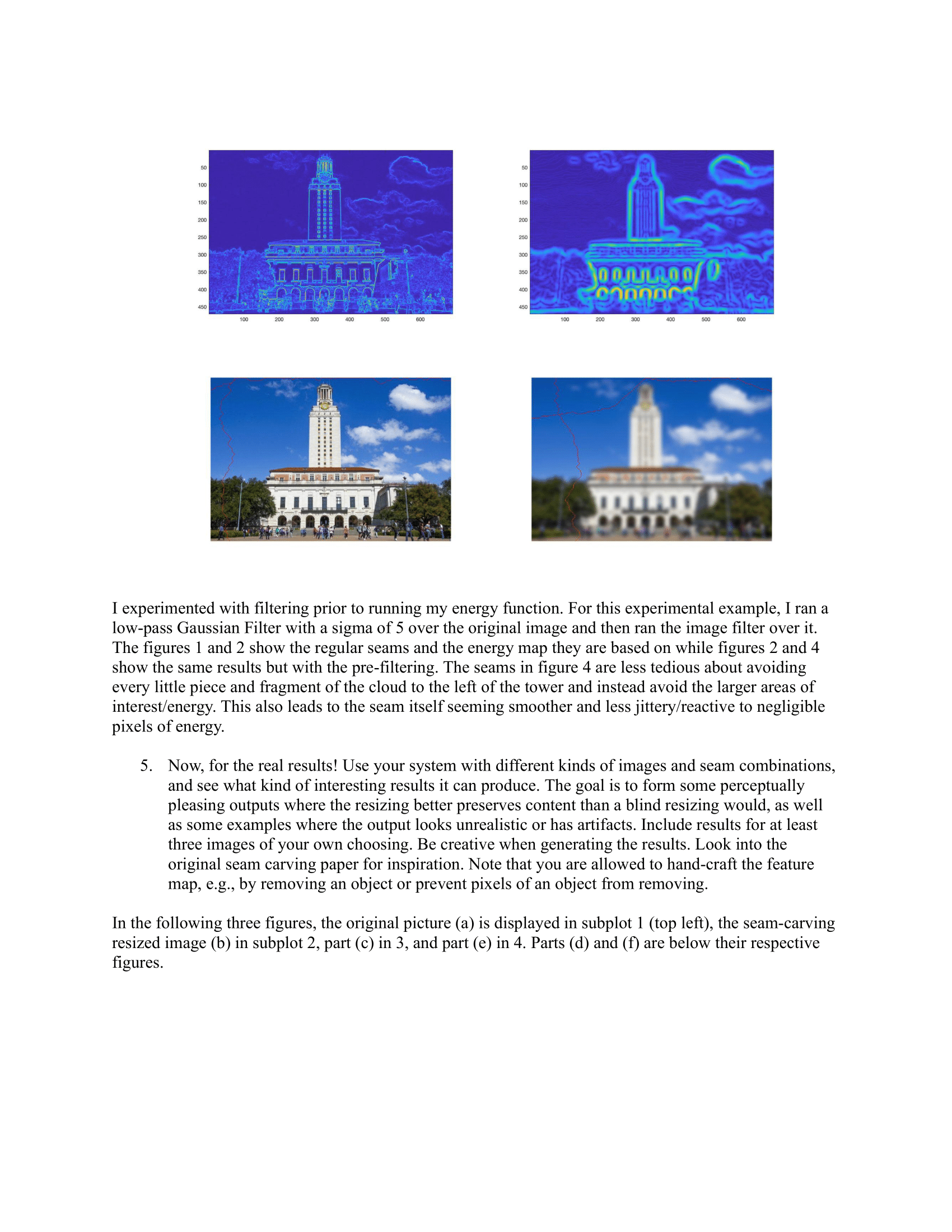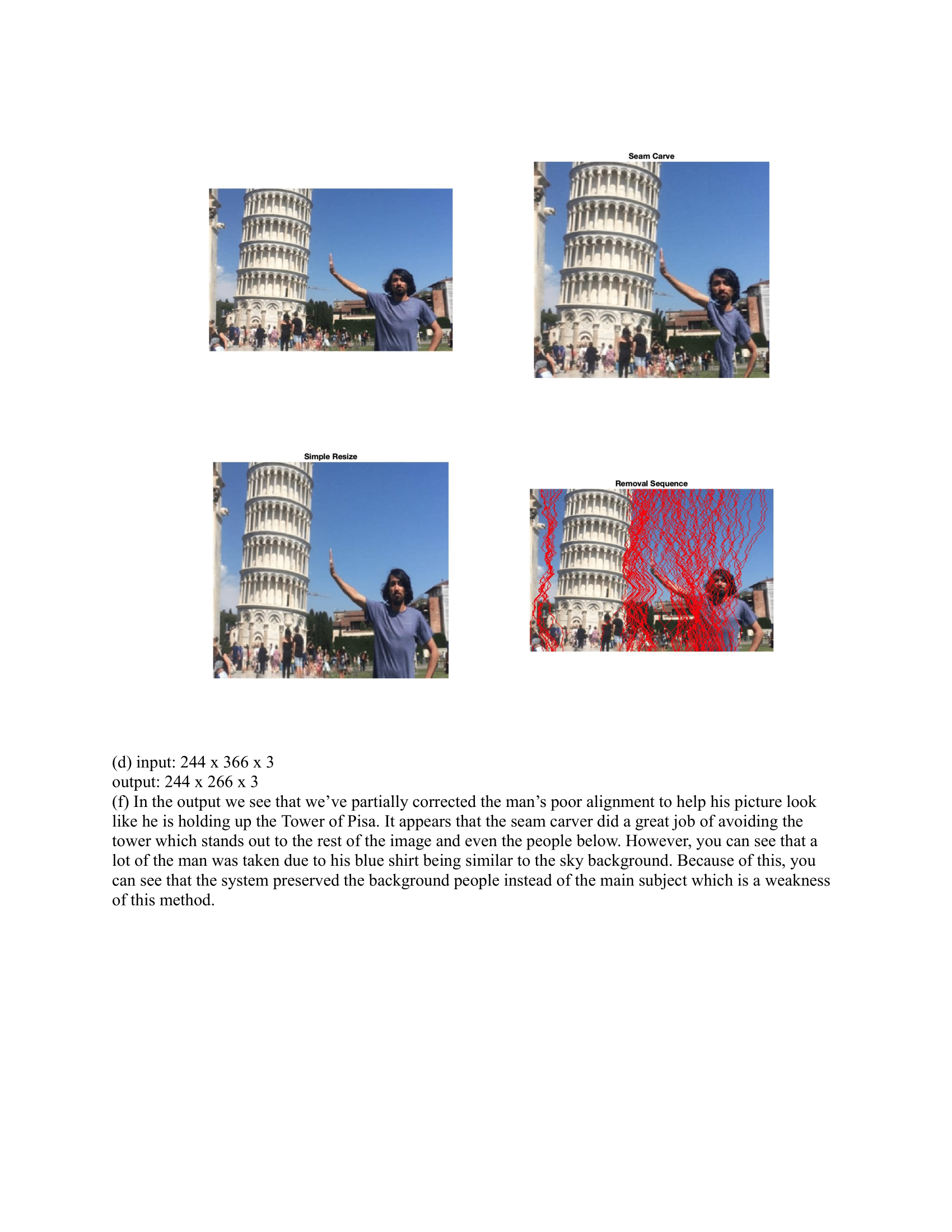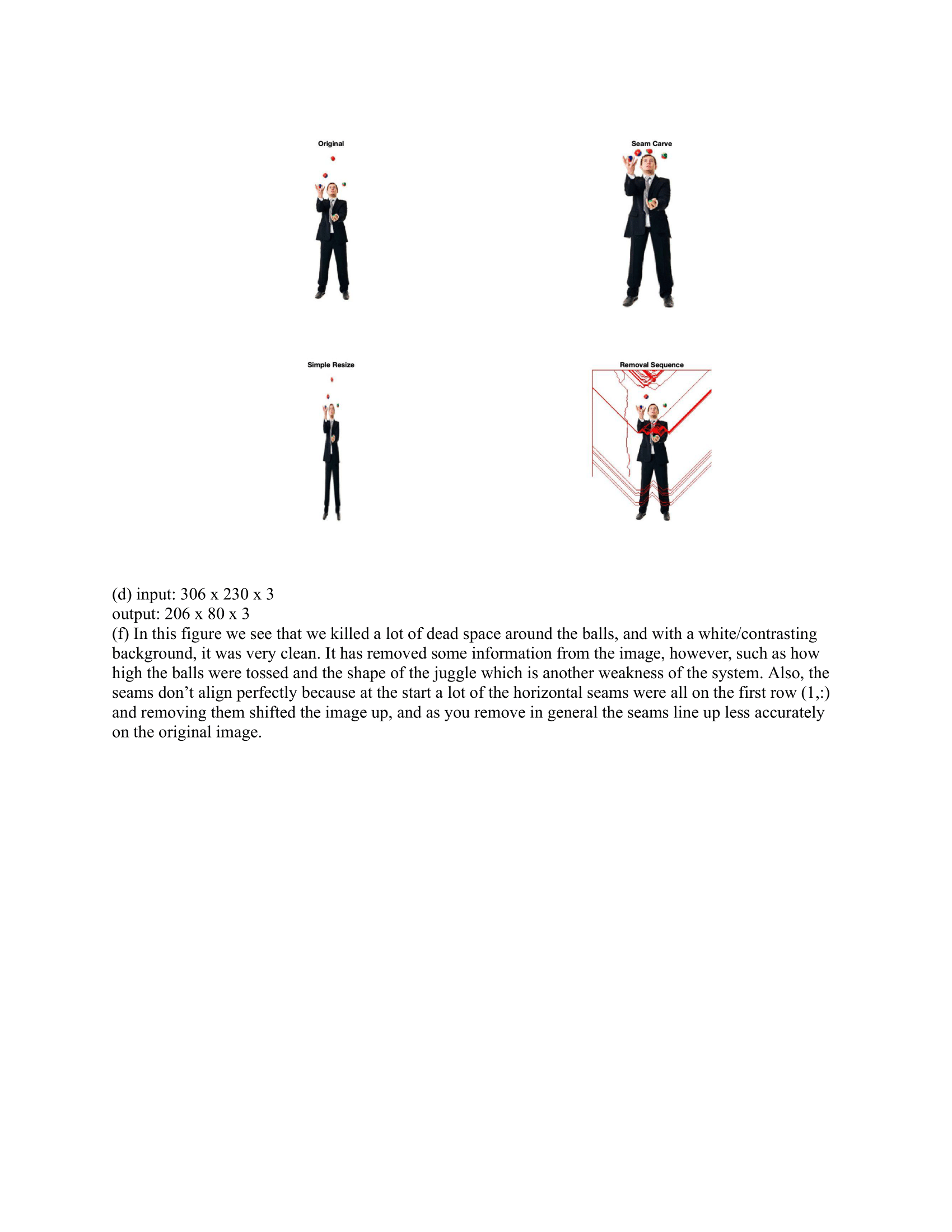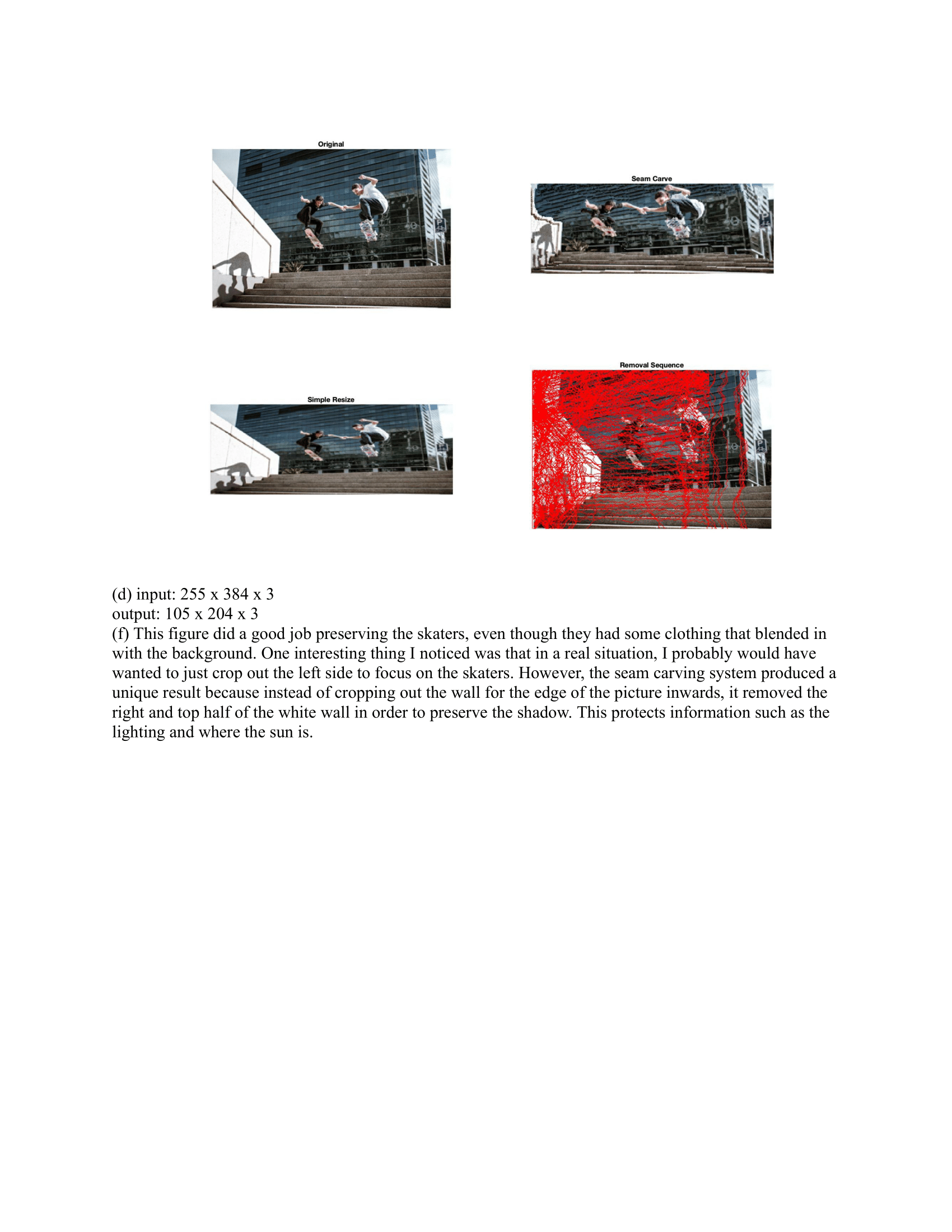Projects
Return HomeBelow are a handful of my favorite projects, school and personal. Due to University policies, I am unable to make most of the repositories public, but can discuss and provide code for them upon request.
SWE
Full Stack WebApp DietRiot.me (Python/React/SQL)
Crafted DietRiot.me, a full stack web application designed to facilitate intricate meal and diet planning. Collaborated with a team to construct a sophisticated relational database architecture in PostgreSQL, weaving many-to-many connections among recipes, ingredients, and diet groups. Developed a robust Flask API to serve data, coupled with a dynamic React frontend employing Axios for HTTP requests. Leveraged web scraping to amalgamate diverse datasets into a singular, cohesive database. Enhanced user interface aesthetics and usability with React coupled with Bootstrap, HTML, and CSS. Integrated AWS RDS for database management, utilized Google Cloud Platform for backend hosting, and deployed the application via AWS Amplify, ensuring continuous integration and deployment through GitLab CI. (Site is no longer up due to cost of webhosting, see 'Read More' section below for the demo video) Read More
Computer Vision
AdaBoost-Based Face Detection (Matlab)
Implemented an AdaBoost algorithm to classify image patches, enhancing face detection accuracy in the Viola-Jones framework. Applied machine learning techniques, including K-Nearest Neighbors, to categorize CIFAR-10 dataset images, with an emphasis on hyperparameter optimization and cross-validation for model robustness. Refined the face detection process using a sliding window approach, resulting in precise localization of facial features within natural images. Evaluated model performance using precision-recall metrics against the FDDB dataset, ensuring compliance with industry-standard benchmarks. (Built ground up without any CV or Image Processing libraries/frameworks) Read More
Image Classification via K-nearest neighbor & AdaBoosting (Matlab)
Leveraged K-Nearest Neighbors and Adaptive Boosting classifiers to categorize images from the CIFAR-10 dataset, emphasizing efficient feature representation and model fine-tuning through cross-validation. Applied principal component analysis for dimensionality reduction and optimized Haar features to enhance classifier performance. Ensured robust model evaluation through detailed accuracy metrics and confusion matrices, with insights into classifier efficacy across different image classes. (Built ground up without any CV or Image Processing libraries/frameworks) Read More
Camera Calibration & Structure From Motion (Matlab)
Developed a camera calibration program, using an image of a 3D checkered patterned cube taken on a phone’s camera to calculate the phone camera’s intrinsic parameters leveraging SVD, KR decomposition, and QR decomposition to find K, R, and T values. Created a structure-from-motion program using a stereo image of a scene taken from the same phone camera. Derived the relative camera pose, combining feature detection with the eight-point method for an initial estimate, later refined using a RANSAC approach for robustness. Implemented custom keypoint selection for correspondences and a matrix formation coupling intrinsic parameters from prior camera calibration. Once again utilized linear algebra concepts to create the projection matrix to translate points selected on one photo to their position in the other. This structured approach enabled accurate computation of the relative transformation between camera positions, essential for precision in 3D modeling and augmented reality applications. (Built ground up without any CV or Image Processing libraries/frameworks) Read More
Circle Detection & K-means Image Segmentation (Matlab)
Developed algorithms for image analysis, featuring a k-means segmentation to group pixel data into coherent regions and advanced circle detection leveraging Hough Transform and RANSAC techniques. The k-means component parsed images into distinct clusters for object separation, while the circle detectors pinpointed round shapes, vital for automated visual systems. Tested on various images, this project illustrated my proficiency in image processing and pattern recognition, critical for tasks from medical imaging to autonomous navigation. (Built ground up without any CV or Image processing libraries/frameworks) Read More
Content Aware Image Resizing Via Seam Carving (Matlab)
Implemented content-aware image resizing using the seam carving technique, as introduced by Avidan and Shamir. Wrote MATLAB functions for dynamic seam selection based on image energy—calculated via a dynamic programming approach using gradient magnitudes—to seamlessly reduce image dimensions. The suite included functions to identify and remove optimal vertical and horizontal seams and to visualize the process by overlaying seams on the original image. This method allows for intelligent image resizing, preserving important content while maintaining the natural aesthetics of the image. (Built ground up without any CV or Image processing libraries/frameworks) Read More
Operating Systems
Multi-threaded Synchronization & Scheduling for PintOS (C)
Enhanced a toy operating system with advanced multi-threading features, integrating priority scheduling and priority donation to address synchronization challenges. Implemented dynamic priority determination to preempt running threads for more critical tasks and designed a system to avoid priority inversion, allowing high-priority threads to temporarily raise the priority of lock-holding lower-priority threads. Rigorously tested in various scenarios, this work significantly improved system efficiency and thread responsiveness. Read More
User Programs & System Calls for PintOS (C)
Implemented user program functionality into minimalist operating system, paving the way for process execution and management. Implemented a suite of system calls and enabled the OS to handle user requests for file operations, process control, and system shutdowns. Key features included argument passing for new processes, enforcing access to user memory, and preventing write operations on running executables to maintain system integrity. Synchronized system calls ensured safe, concurrent access to the file system, enhancing the OS's multitasking capabilities. Read More
.
.
.
more projects to be listed
